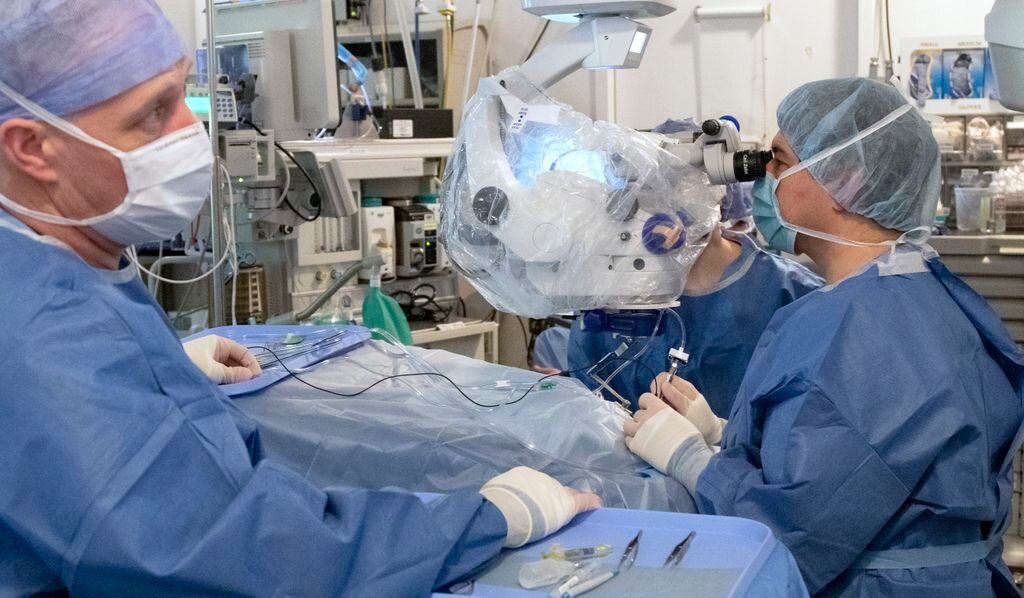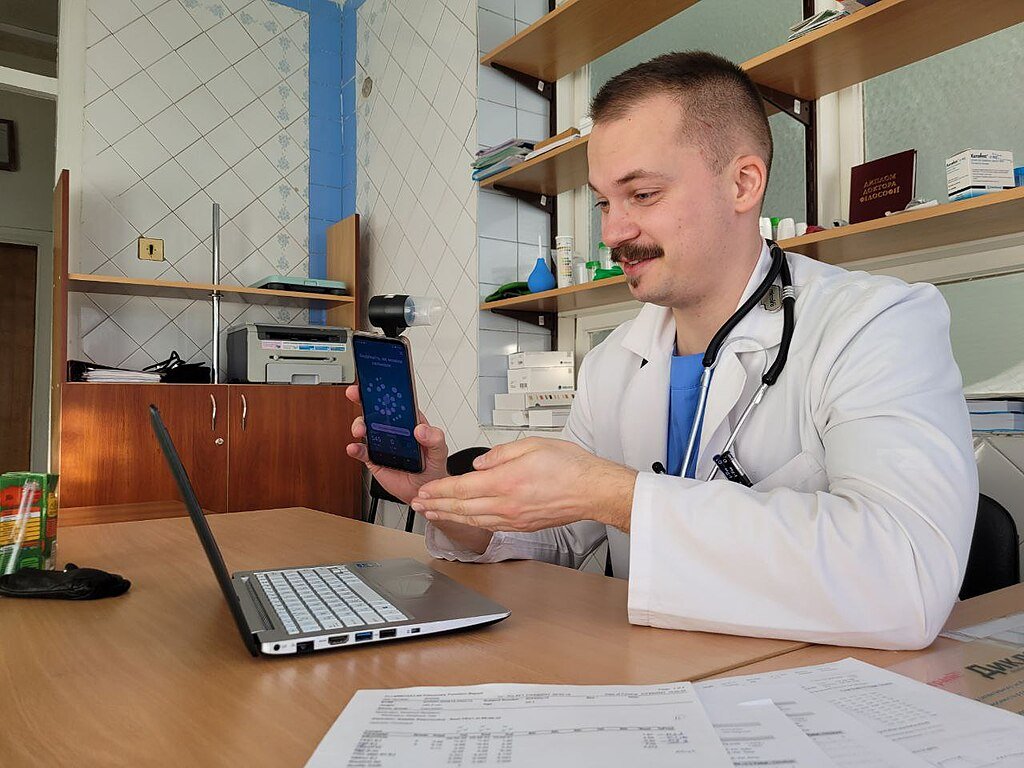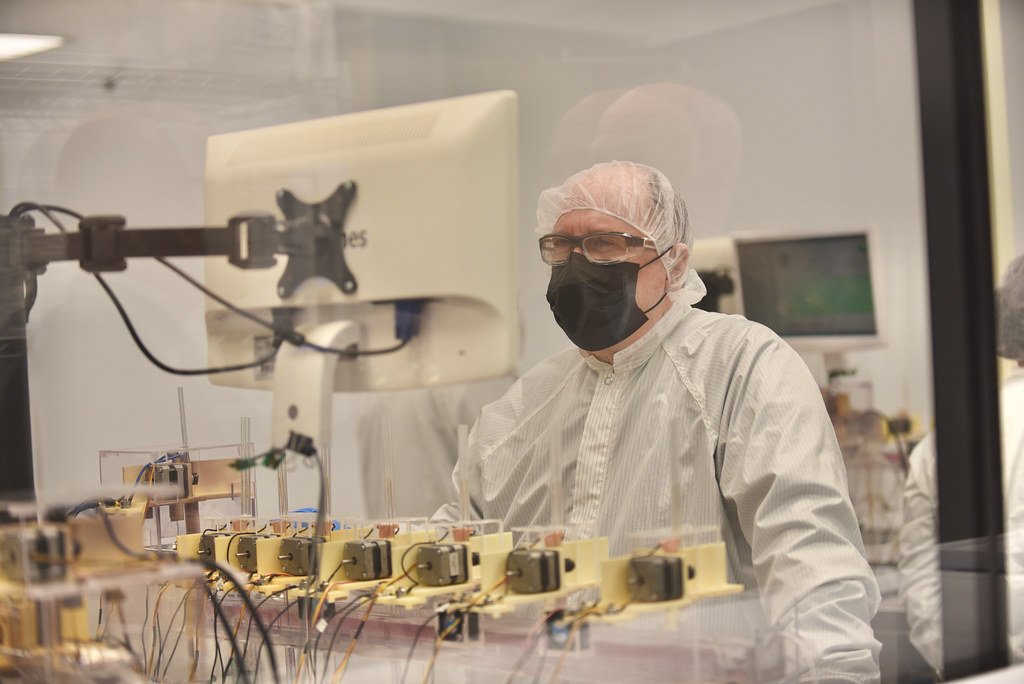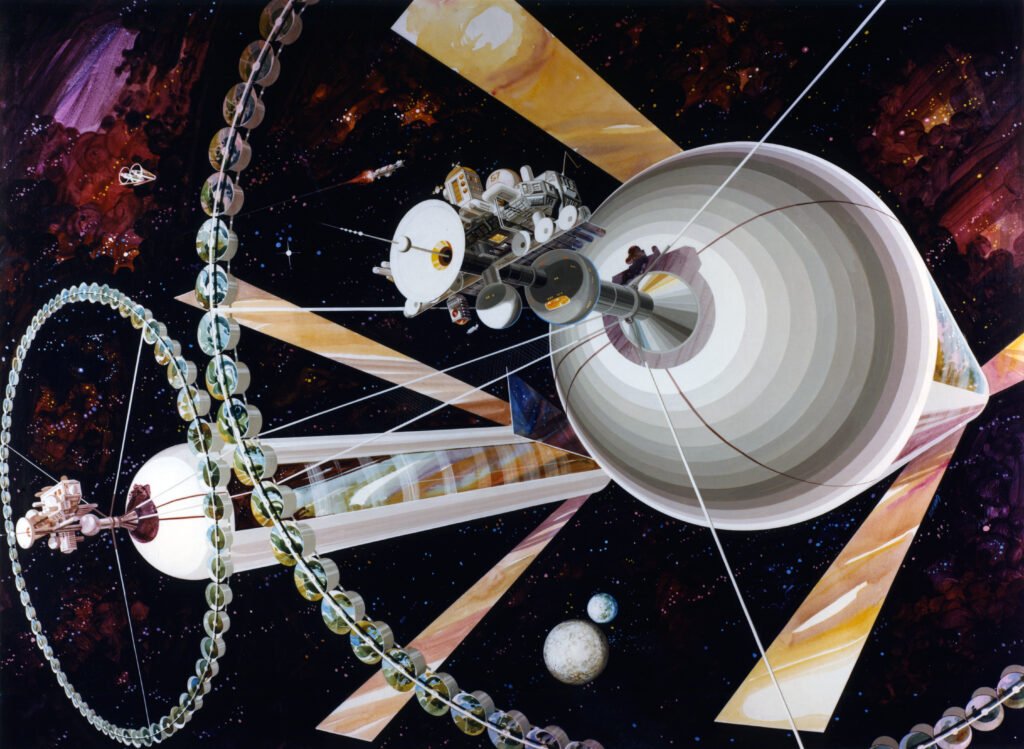In the ever-evolving field of medicine, the pace of innovation continues to accelerate, bringing with it advancements that are not only groundbreaking but also pivotal in saving countless lives. From cutting-edge technologies to novel therapies, these medical breakthroughs are transforming the way we think about health and healing. This article delves into ten such advances that are shaping the future of medicine, offering hope and new possibilities for patients worldwide.
1. Immunotherapy in Cancer Treatment

Immunotherapy has revolutionized cancer treatment by leveraging the body’s own immune system to fight cancer cells more effectively. Unlike traditional methods like chemotherapy and radiation, immunotherapy is designed to specifically identify and target cancer cells, minimizing damage to healthy cells. This innovative approach has led to significant improvements, particularly in treating malignancies such as melanoma and lung cancer, offering patients improved survival rates and quality of life.
2. CRISPR-Cas9: Gene Editing Prowess

CRISPR-Cas9 technology has opened new doors in genetic research and medicine by allowing precise editing of genetic material. This has the potential to correct genetic defects, treat or even cure genetic disorders, and contribute to eliminating inherited diseases. Beyond genetic abnormalities, CRISPR has shown promising results in combating infectious diseases and even cancer, marking a new era in medical intervention and disease prevention.
3. Telemedicine: Healthcare’s Digital Leap

The proliferation of telemedicine has brought healthcare directly to patients’ homes, breaking down geographical barriers and providing access to medical care for underserved populations. With virtual consultations, remote monitoring, and digital health platforms, telemedicine has made it easier for patients to receive timely advice, manage chronic conditions, and maintain regular contact with healthcare providers, all while reducing the strain on hospital resources.
4. Artificial Intelligence in Diagnostics

Artificial Intelligence (AI) is fast becoming an integral component in medical diagnostics. AI algorithms can analyze complex medical data rapidly and with great accuracy, aiding in the early detection of diseases such as cancer and heart conditions. This helps streamline the diagnostic process, reducing human error and facilitating timely treatment interventions that can significantly alter disease outcomes.
5. mRNA Vaccines: A New Frontier in Immunization

The development and deployment of mRNA vaccines represent a paradigm shift in immunization strategies. With a manufacturing process that is faster and more adaptable than traditional vaccines, mRNA vaccines have been pivotal in the fight against infectious diseases, notably COVID-19. Their rapid production and high efficacy rate hold promise for future vaccines against various viruses and diseases.
6. Personalized Medicine: Tailored Treatment Plans

Personalized medicine involves tailoring medical treatment to the individual characteristics of each patient. By utilizing genetic information and other personal health data, healthcare providers can devise more precise treatment plans, leading to better outcomes and minimizing side effects. This approach is proving especially beneficial in areas like oncology, where personalized therapies are improving patient survival rates.
7. Regenerative Medicine and Stem Cell Therapy

Regenerative medicine, particularly stem cell therapy, is offering new hope for repairing damaged tissues and organs. By harnessing the power of stem cells to regenerate healthy cells, scientists are making headway in treating conditions like spinal cord injuries, heart disease, and degenerative disorders. This field is rapidly advancing, paving the way for therapies that could potentially reverse the effects of serious injuries and diseases.
8. Wearable Health Technology

Wearable technology, such as fitness trackers and smartwatches, has infiltrated the healthcare industry, allowing for continuous health monitoring. These devices track vital signs, physical activity, and other health metrics, providing valuable data that can detect early signs of medical issues. By encouraging proactive health management and offering real-time health insights, wearables empower users to take charge of their health daily.
9. 3D Printing in Medicine

3D printing is transforming the medical field by enabling the production of customized prosthetics, implants, and even bioprinted tissue. This technology is offering personalized solutions that enhance patient care, from precisely fitting prosthetic limbs to patient-specific surgical models that improve surgical outcomes. The potential for organ transplant innovation is on the horizon, with ongoing research into bioprinting human organs.
10. Nanomedicine: The Power of the Miniscule

Pioneering the microscopic world, nanomedicine utilizes nanoscale materials for diagnosis, delivery, sensing, and actuation in a living organism. This can lead to targeted drug delivery systems that minimize side effects and improve the efficacy of treatments. The potential applications of nanomedicine are vast, promising significant advancements in cancer treatment, regenerative medicine, and beyond.
The field of medicine is in the midst of a transformative revolution, where technology and science come together to deliver unprecedented advancements. These ten groundbreaking innovations not only exemplify the potential of modern medicine but also reaffirm the commitment to improving human health and prolonging life. As research and technology continue to advance, the future holds even more promise for medical breakthroughs that will continue to redefine healthcare as we know it.




